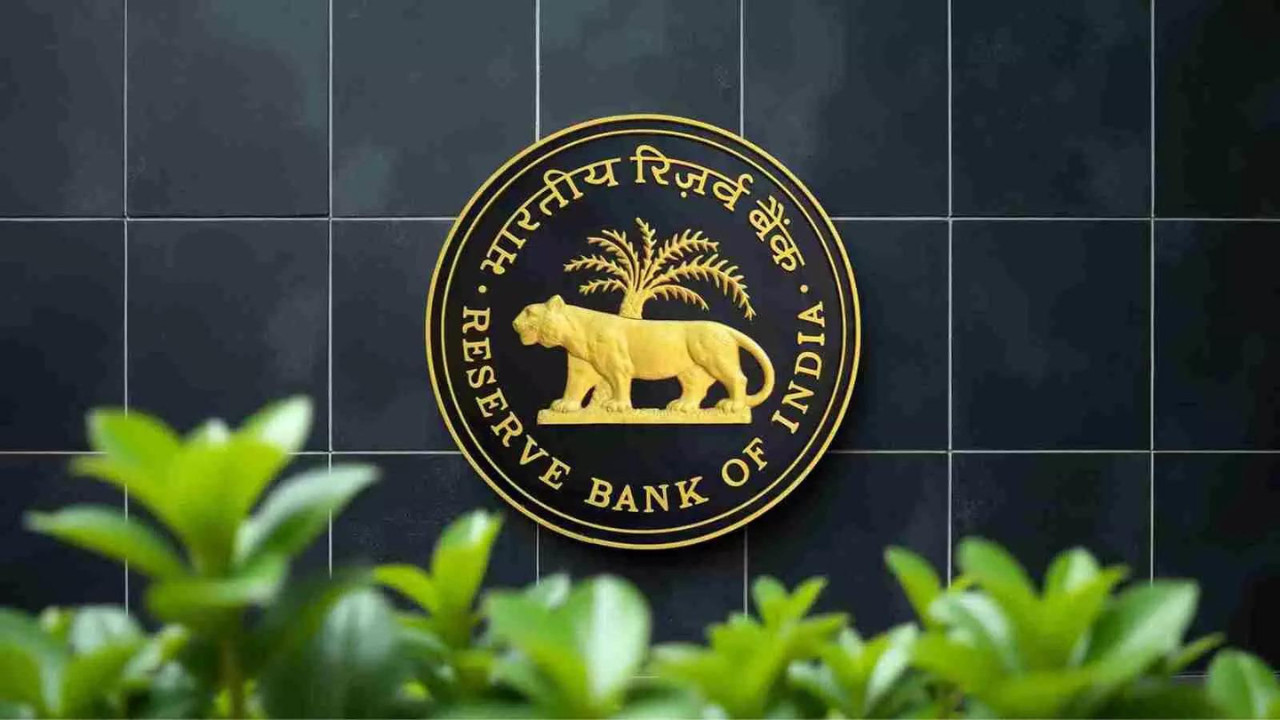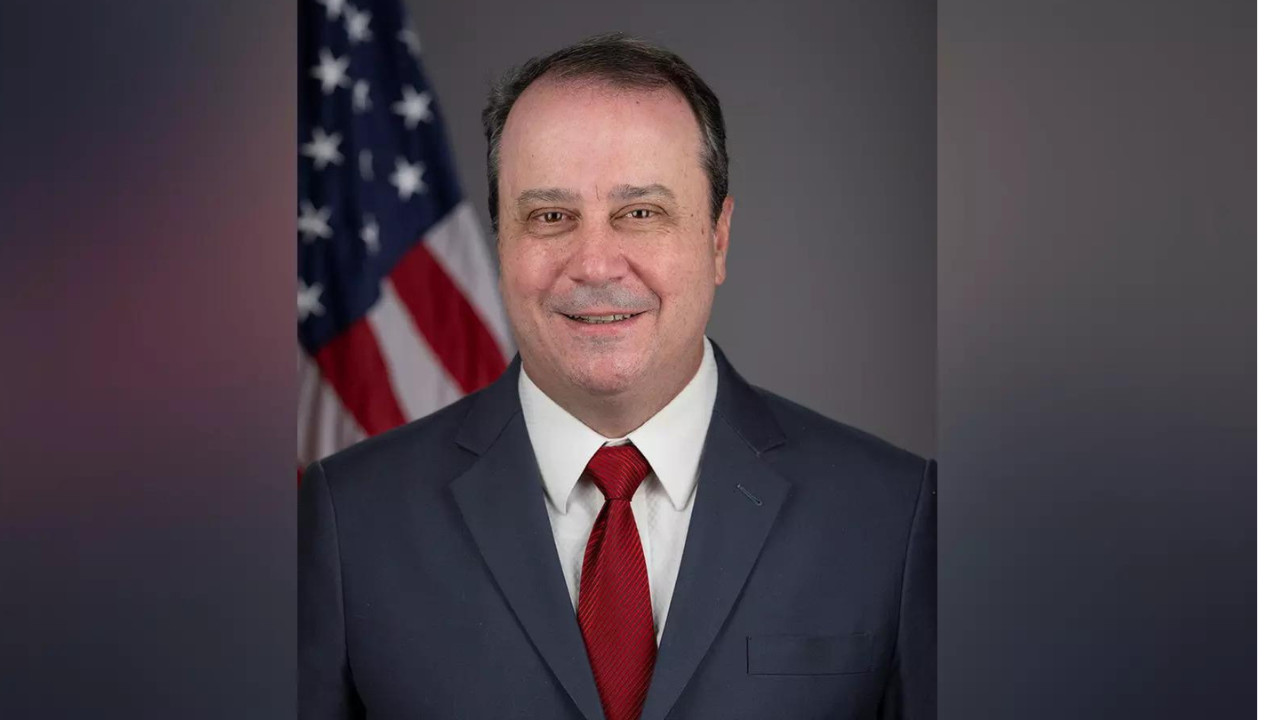The RBI’s Monetary Policy Committee is deliberating, with markets largely anticipating a status quo on interest rates. However, some experts advocate for a 25 basis points cut, citing benign inflation and GST-driven tax relief to boost consumption and credit growth, despite ongoing global uncertainties. The committee’s decision is expected on Wednesday.
Navigating India’s Economic Currents: Will the RBI Shift Course?
The air in Mumbai is thick with anticipation. The Monetary Policy Committee (MPC) of the Reserve Bank of India (RBI) has begun its crucial deliberations, and the entire nation is holding its breath. The question on everyone’s mind: will they adjust the key interest rates? More specifically, will we see a cut?
The current economic landscape is a mixed bag. While inflation has shown signs of cooling, global uncertainties and fluctuating commodity prices continue to cast a long shadow. It’s a delicate balancing act for the MPC, weighing the need to spur economic growth against the imperative of maintaining price stability. This time, the stakes feel particularly high.
Decoding the Signals: What’s Shaping the RBI’s Decision?
Several factors are likely influencing the MPC’s discussions. First and foremost is the recent inflation data. While still above the RBI’s comfort zone, the numbers have indicated a downward trend, offering a glimmer of hope that the battle against rising prices might be turning a corner. This could create space for a more accommodative monetary policy.
However, the global picture is far from rosy. Geopolitical tensions, supply chain disruptions, and the monetary policy decisions of other major central banks are all adding layers of complexity. A sudden shock from any of these sources could easily reignite inflationary pressures, making the RBI cautious about loosening its grip too soon.
Domestically, the performance of key sectors like manufacturing and agriculture will also be under scrutiny. A strong showing could embolden the MPC to consider a rate cut, while sluggish growth might prompt a more cautious approach. The government’s fiscal policy and its impact on aggregate demand will also undoubtedly feature prominently in the discussions. This means the MPC must consider a complex interplay of factors that require careful interpretation and forecasting.
The Rate Cut Debate: A Divided Street
The financial markets are buzzing with speculation, and opinions are sharply divided. Some analysts believe that a 25-basis point rate cut is increasingly likely, arguing that it would provide a much-needed boost to investment and consumption. They point to the moderating inflation and the need to support economic recovery as compelling reasons.

Others remain more skeptical, emphasizing the lingering risks to inflation and the potential for global shocks. They argue that a premature rate cut could undo the progress made in taming inflation and erode the RBI’s credibility. This camp prefers a wait-and-see approach, advocating for maintaining the status quo until there is greater clarity on the economic outlook. This division reflects the inherent uncertainty in the current environment, making it difficult to predict the MPC’s final decision.
Beyond the Numbers: The Human Impact
While the MPC’s decision is framed in economic terms, its impact is ultimately felt by ordinary people. Lower interest rates could translate into cheaper loans for businesses, encouraging investment and creating jobs. They could also make it easier for individuals to buy homes or cars, boosting consumer spending.
Conversely, a decision to hold rates steady or even increase them could dampen economic activity, making it more expensive for businesses to borrow and invest, and potentially slowing down job creation. For individuals, it could mean higher loan repayments and less disposable income. The human consequences of these decisions are very real.
What’s Next? Watching and Waiting
The MPC’s decision will be announced soon, and the market reaction will be closely watched. Whatever the outcome, it will have significant implications for the Indian economy and the lives of millions of people. The RBI’s role is critical in maintaining a stable and prosperous economic environment. Their next announcement concerning key interest rates will have far reaching effects. As we await the announcement, one can only hope that their deliberations are guided by a careful assessment of the risks and opportunities facing the nation.
To further understand the forces that guide national monetary policy, you might find this article on [Inflation and its Impact on Indian Households](internal-link-to-inflation-article) insightful.
Ultimately, the effectiveness of the RBI’s decision will depend on a range of factors, including the global economic environment, the government’s fiscal policy, and the resilience of the Indian economy. It’s a complex equation, and only time will tell whether the MPC has struck the right balance.







